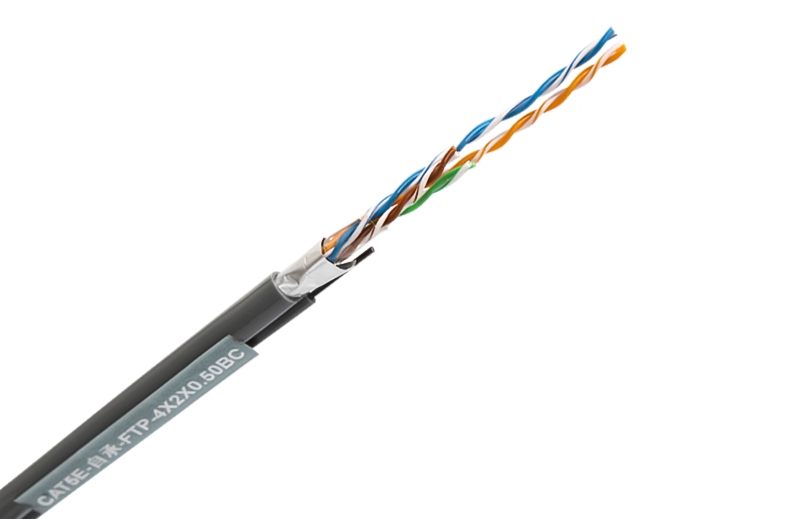Summary:SFTP CAT5E LAN cables, or Shielded Foiled Twisted Pair cables, are a key component in modern networking infrastructure, particularly in environments w
SFTP CAT5E LAN cables, or Shielded Foiled Twisted Pair cables, are a key component in modern networking infrastructure, particularly in environments where performance and reliability are critical. The technical design of these cables sets them apart from standard UTP (Unshielded Twisted Pair) cables, specifically in their ability to reduce electromagnetic interference (EMI). Understanding how SFTP CAT5E cables manage to limit EMI is crucial for network engineers, IT professionals, and businesses looking to optimize their high-performance networks.
At the heart of any network cable’s performance is its ability to transmit data accurately and at high speeds. However, in environments with a lot of electronic devices or heavy industrial machinery, networks are particularly vulnerable to EMI. This interference, often emitted by nearby equipment, can distort or interrupt data signals passing through network cables, leading to slower speeds, poor connections, or even complete data loss. Traditional UTP cables lack the physical structure to combat this effectively because their design offers no shielding against external electromagnetic fields. In contrast, SFTP CAT5E cables are engineered with multiple layers of protection designed to counteract this interference.
The primary distinction of SFTP cables lies in the shielding. Each pair of twisted wires inside the cable is wrapped in a thin metal foil, and the entire cable is further encased in a braided metal shield. This dual layer of protection significantly reduces the cable's susceptibility to external electromagnetic signals. The shielding acts as a barrier, preventing EMI from penetrating the cable and disrupting the data being transmitted along the twisted pairs. This makes SFTP CAT5E cables particularly effective in high-density networking environments like data centers, industrial facilities, and office buildings with a large number of electrical devices.

The benefits of this shielding extend beyond just reducing EMI. The twisted pair design within the cable already helps cancel out internal interference between the wires themselves, known as crosstalk. When combined with the metal shielding in SFTP cables, this design ensures that data signals can travel over longer distances without degradation, which is essential in high-performance networks. As a result, businesses and institutions can rely on more stable, consistent data transmission speeds, even in environments with high levels of ambient electrical noise.
However, the advantages of SFTP CAT5E cables come with certain trade-offs. These cables are typically more expensive than UTP counterparts, largely due to the added materials and complexity of the shielding. They are also stiffer and more difficult to install, which can increase labor costs in large-scale installations. Nevertheless, for organizations that require dependable, high-speed data transmission—particularly in EMI-prone environments—the investment in SFTP CAT5E cables often proves to be cost-effective in the long run. By reducing data packet loss and minimizing downtime due to interference, businesses can improve overall network efficiency, reduce maintenance needs, and enhance the user experience, especially in critical applications like video streaming, online gaming, or cloud-based operations.
